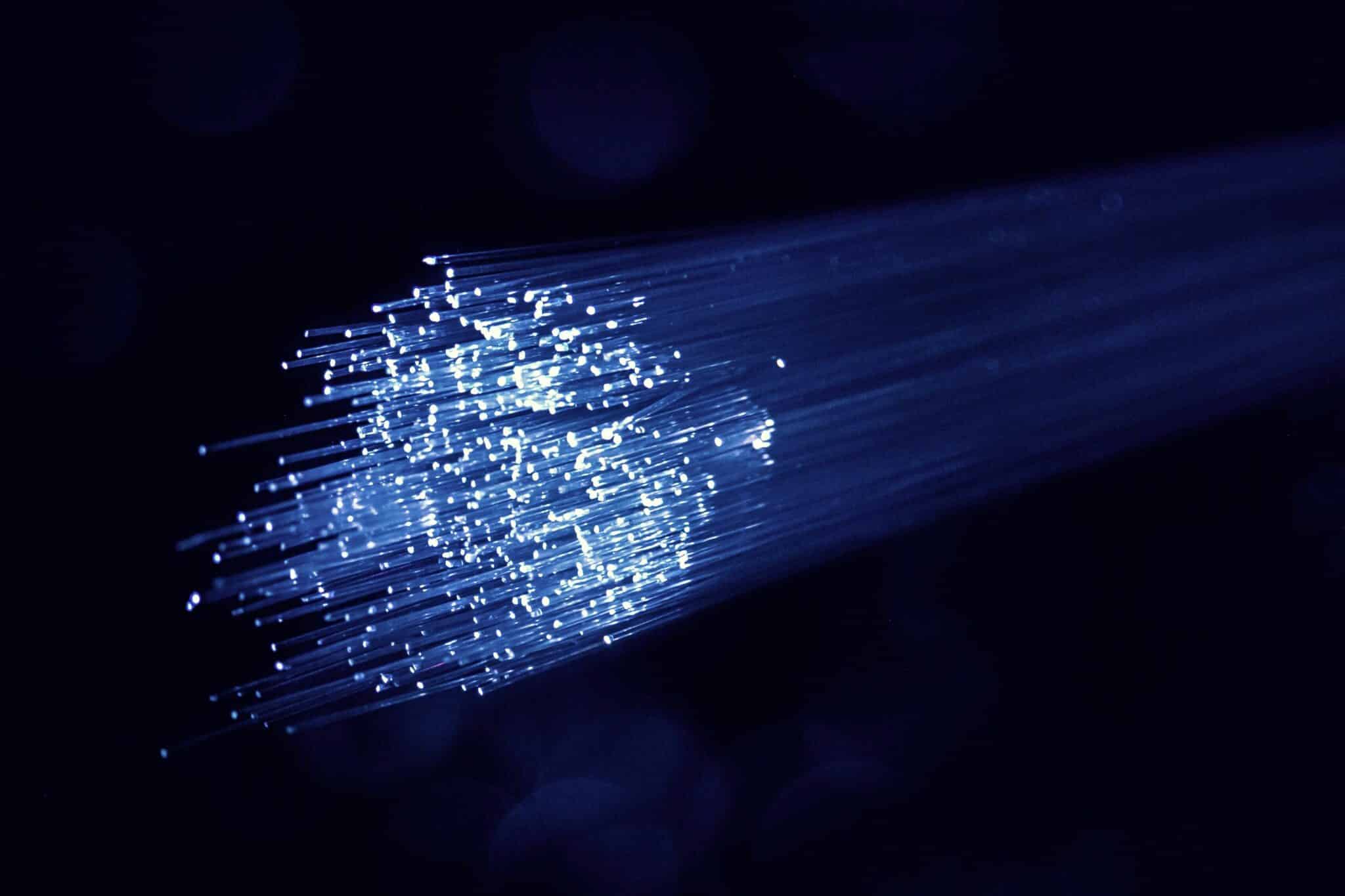When it comes to internet connectivity, speed and reliability are at the top of everyone’s wishlist. We’ve all heard the buzz about fiber optic internet and television being the gold standards, but what exactly sets them apart from other connection options? Are they truly faster and more reliable, or is this just another tech gimmick? In this article, we’ll delve into the top benefits of fiber to the home and answer some burning questions about this revolutionary technology.
Understanding the Basics of Fiber Optic Internet
Before we dive into the benefits of fiber to the home, let’s start with the basics. Fiber optic internet and fiber optic television utilizes fiber optic cables to transmit data using light signals, rather than traditional copper wires used in cable or DSL connections. This allows for faster and more reliable data transmission, making it the preferred choice for high-speed internet access.
Faster Speeds and Greater Reliability
One of the most significant benefits of fiber to the home is its lightning-fast speeds and unmatched reliability. Fiber optic internet can deliver symmetrical speeds of up to 1 Gbps (gigabit per second) for both uploads and downloads, making it ideal for bandwidth-intensive tasks like streaming HD video, online gaming, and video conferencing. Additionally, fiber optic connections are not susceptible to interference from electrical signals or inclement weather, ensuring a stable and consistent internet experience.
Comparison with Cable Internet Speed
When comparing fiber optic vs cable internet speed, there’s no contest. While cable internet can provide respectable download speeds, often reaching up to 100 Mbps (megabits per second), its upload speeds pale in comparison to fiber optic connections. Fiber optic internet offers symmetrical speeds, meaning that upload and download speeds are the same, whereas cable internet typically has slower upload speeds, which can impact activities like cloud storage and video conferencing.
Cost Considerations
While fiber optic internet may seem like a luxury reserved for tech enthusiasts and business users, it’s becoming increasingly accessible to residential customers as well. In some cases, fiber to the home may be slightly more expensive than traditional cable or DSL connections. However, when you consider the faster speeds, greater reliability, and future-proofing benefits of fiber optic internet, the investment is well worth it for many users.
Accessing Fiber Optic Internet
So, how can you get fiber optic internet for your home? The availability of fiber to the home varies depending on your location and internet service provider. Many major cities and metropolitan areas have access to fiber optic internet through providers like Google Fiber, Verizon Fios, and AT&T Fiber. Additionally, smaller regional providers and municipal broadband networks may offer fiber optic internet in select areas. To find out if fiber to the home is available in your area, check with local internet service providers or use online tools to search for fiber optic internet availability by zip code.
Conclusion: Embracing the Future of Internet Connectivity
In conclusion, fiber to the home offers a multitude of benefits that set it apart from traditional cable or DSL connections. From faster speeds and greater reliability to symmetrical upload and download speeds, fiber optic internet is revolutionizing the way we connect to the internet. While it may require a slightly higher investment upfront, the long-term benefits of fiber to the smart home make it a worthwhile investment for anyone looking to enjoy the best possible internet experience. So, if you’re ready to embrace the future of internet connectivity, consider making the switch to fiber optic internet and enjoy blazing-fast speeds and unparalleled reliability from the comfort of your home.
